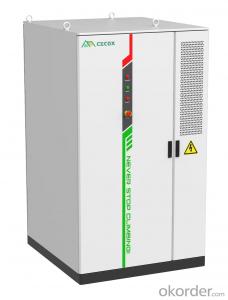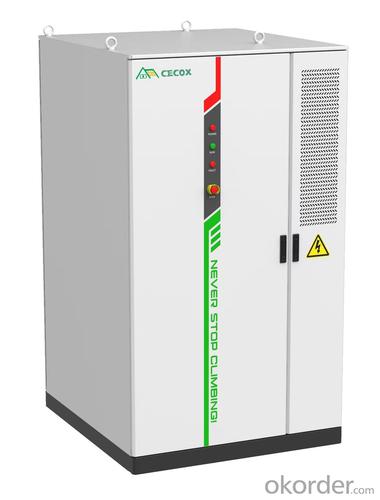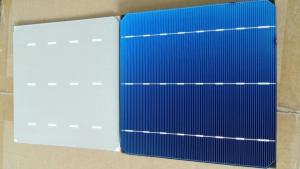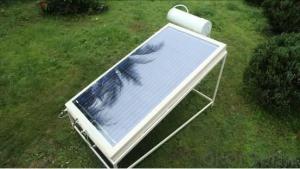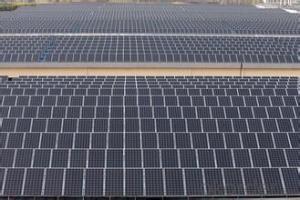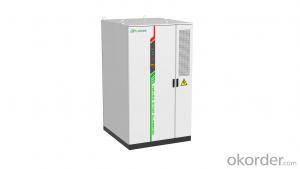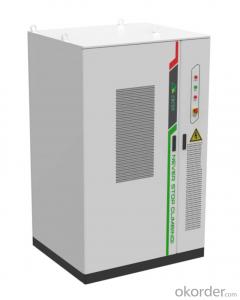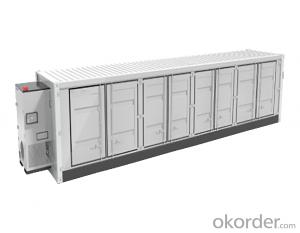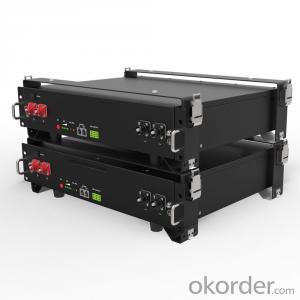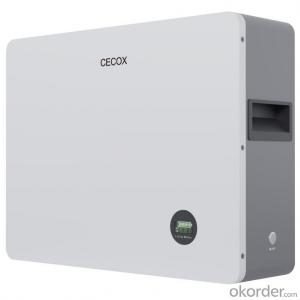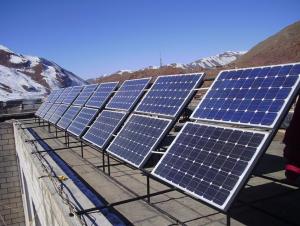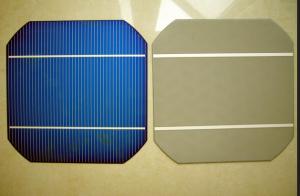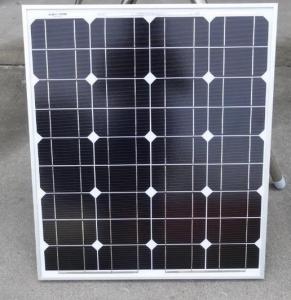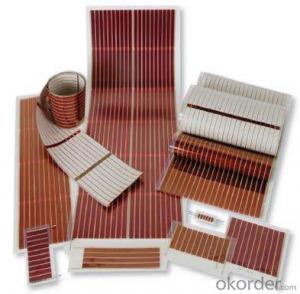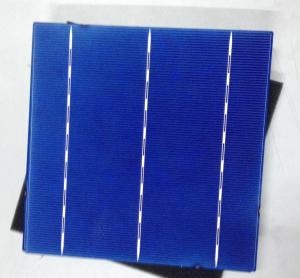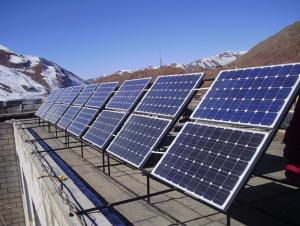Ultralight Fabric Solar Cells 100kw 233kwh 280ah Efficient and Smart C&I Liquid-Cooling Cabinet Commercial & Industrial Storage
- Loading Port:
- SHANGHAI
- Payment Terms:
- TT OR LC
- Min Order Qty:
- 5 unit
- Supply Capability:
- 200 unit/month
OKorder Service Pledge
OKorder Financial Service
You Might Also Like
Specification
Product Features
Ultimate Safety
Multistage variable diameter liquid cooling pipeline, system temperature difference ≤ 4 ℃
Micro channel equalization pipeline, PACK temperature difference ≤ 2.5 ℃
Highly automated ,CCS integrated design
Electrical multidimensional fusion perception 15-year extra long life coolant
Smart and Efficient
BMS active balancing technology improves SOC accuracy by 3% and extends system life by 20%
OTA upgrade is sent from the cloud and upgrade efficiency is improved by more than 90%
Panoramic online monitoring and scheduling
Global customized design and development services
Support virtual power plant interconnection
Flexible and Convenient
Modular design, standardized interface
Elastic expansion, multi machine parallel connection
Multi-sensor and intelligent control system
Triple level modular PCS, up to 99% maximum efficiency
Cloud and edge integrated energy storage intelligent operation and maintenance center
Quick Response
Support multi-device access and multi-user sharing
Millisecond response to power dispatch
100% pre-installed integration
Equipped with LVRT, HVRT functions, and various control modes such as PQ, VF, and networking
Technical Data
Battery Type:LFP-280Ah
System Configuration:5*1P52S
Rated Charge/Discharge Ratio:≤0.5P
Rated Capacity:233kWh
DC Rated Voltage:832V
DC Voltage Range:728 ~ 949V
AC Rated Power:100kW
AC Rated Voltage:400V±15%
Rated Grid Frequency:50Hz/60Hz
Size(W*D*H):1340*1440*2300mm
Weight:2.8t
Protection Level:IP54(PACK IP67)
Operating Temperature Range:-30 ~ 55℃
Relative Humidity Range:5% ~ 95%(Non condensation)
Operating Altitude:≤2000m(>2000m Reduction)
Fire Protection System:Aerosol/Perfluoro
Communication Interfaces:CAN/RS485/Ethernet
- Q: Can solar cells be used in water desalination?
- Yes, solar cells can be used in water desalination. Solar-powered desalination systems, such as solar stills and solar-powered reverse osmosis, utilize solar energy to convert saltwater into fresh water, making it an environmentally-friendly and sustainable solution for water scarcity in coastal areas.
- Q: What is the efficiency of solar cells?
- The efficiency of solar cells refers to the percentage of sunlight that can be converted into usable electricity.
- Q: Can solar cells be used for powering universities?
- Yes, solar cells can be used to power universities. Solar energy is a renewable and sustainable source of power that can be harnessed through solar cells. By installing solar panels on university buildings and campuses, universities can generate clean electricity to meet their energy needs, reduce their carbon footprint, and potentially save costs on energy bills. Additionally, solar power systems can be integrated with battery storage technology to ensure a constant power supply, even during periods of low sunlight or at night.
- Q: Can solar cells be used for water desalination?
- Yes, solar cells can be used for water desalination. Solar energy can be harnessed to power the desalination process, where the energy from the sun is converted into electricity by solar cells and used to separate the salt and impurities from seawater, making it suitable for drinking or agricultural purposes. This method, known as solar desalination, is an environmentally friendly and sustainable solution for addressing water scarcity in coastal areas.
- Q: How do solar cells affect the electricity grid?
- Solar cells affect the electricity grid by injecting clean and renewable energy into the system. When solar cells generate excess electricity, it can be fed back into the grid, reducing the demand for electricity from traditional power plants. This helps diversify the energy sources and reduce carbon emissions. However, the intermittent nature of solar power can pose challenges to grid stability and require additional infrastructure investments for efficient integration.
- Q: What is the impact of solar cell installations on local economies?
- Solar cell installations can have a positive impact on local economies. Firstly, they create job opportunities in the installation, manufacturing, and maintenance sectors. This leads to a boost in employment rates and income generation within the community. Additionally, solar energy reduces reliance on imported fossil fuels, resulting in cost savings for both households and businesses. As a result, more money remains in the local economy, stimulating growth and supporting local businesses. Moreover, solar installations can attract investments and businesses looking to align with sustainable practices, further fueling economic development. Overall, solar cell installations contribute to job creation, cost savings, and increased investment, making a significant positive impact on local economies.
- Q: Can solar cells be used for powering communication towers?
- Yes, solar cells can be used for powering communication towers. Solar panels or cells can generate electricity from sunlight, which can be converted and used to power various electronic devices and equipment, including communication towers. This renewable energy source is increasingly being adopted to reduce reliance on traditional power grids and decrease carbon emissions.
- Q: I am a purchasing manager for a EPC engineering company, and we are planning to purchasing some 4bb solar cells for one of our project in Taiwan, can I get a quotation online?
- I did the purchasing for my client once, and I found out you can get to talk to many sellers if you spend some time searching on alibaba.
- Q: Can solar cells be used in power plants?
- Yes, solar cells can be used in power plants. Solar power plants, also known as solar farms or solar parks, use arrays of solar panels or solar cells to convert sunlight into electricity on a large scale. These solar power plants can generate significant amounts of renewable energy and contribute to reducing greenhouse gas emissions.
- Q: Can solar cells be used in powering e-bikes?
- Yes, solar cells can be used in powering e-bikes. Solar panels can be installed on the surface of an e-bike or on a separate charging station to harness solar energy and convert it into electrical power. This power can then be used to charge the e-bike's battery, extending its range and reducing the reliance on grid electricity.
Send your message to us
Ultralight Fabric Solar Cells 100kw 233kwh 280ah Efficient and Smart C&I Liquid-Cooling Cabinet Commercial & Industrial Storage
- Loading Port:
- SHANGHAI
- Payment Terms:
- TT OR LC
- Min Order Qty:
- 5 unit
- Supply Capability:
- 200 unit/month
OKorder Service Pledge
OKorder Financial Service
Similar products
Hot products
Hot Searches
Related keywords
